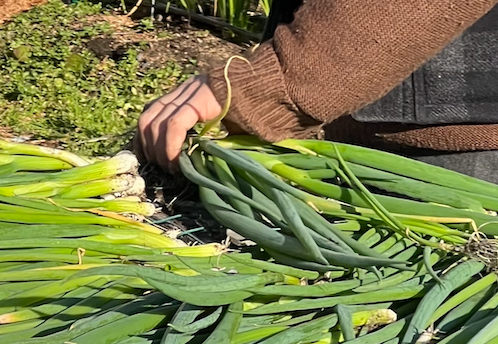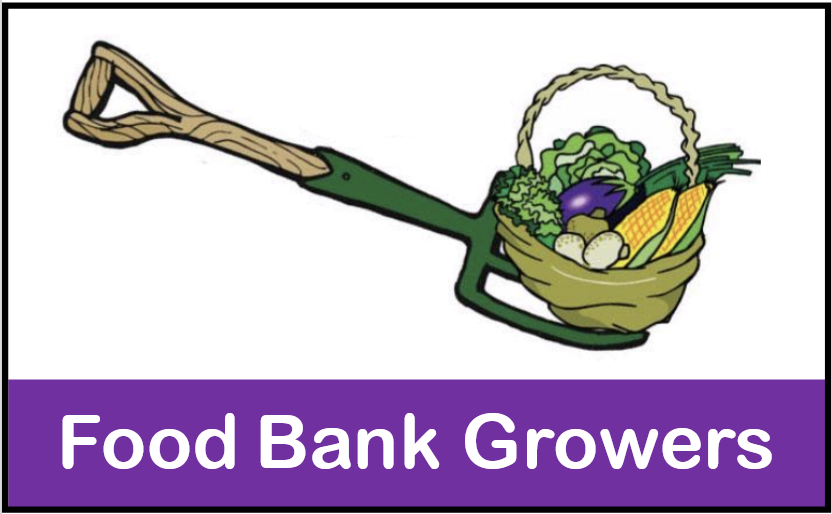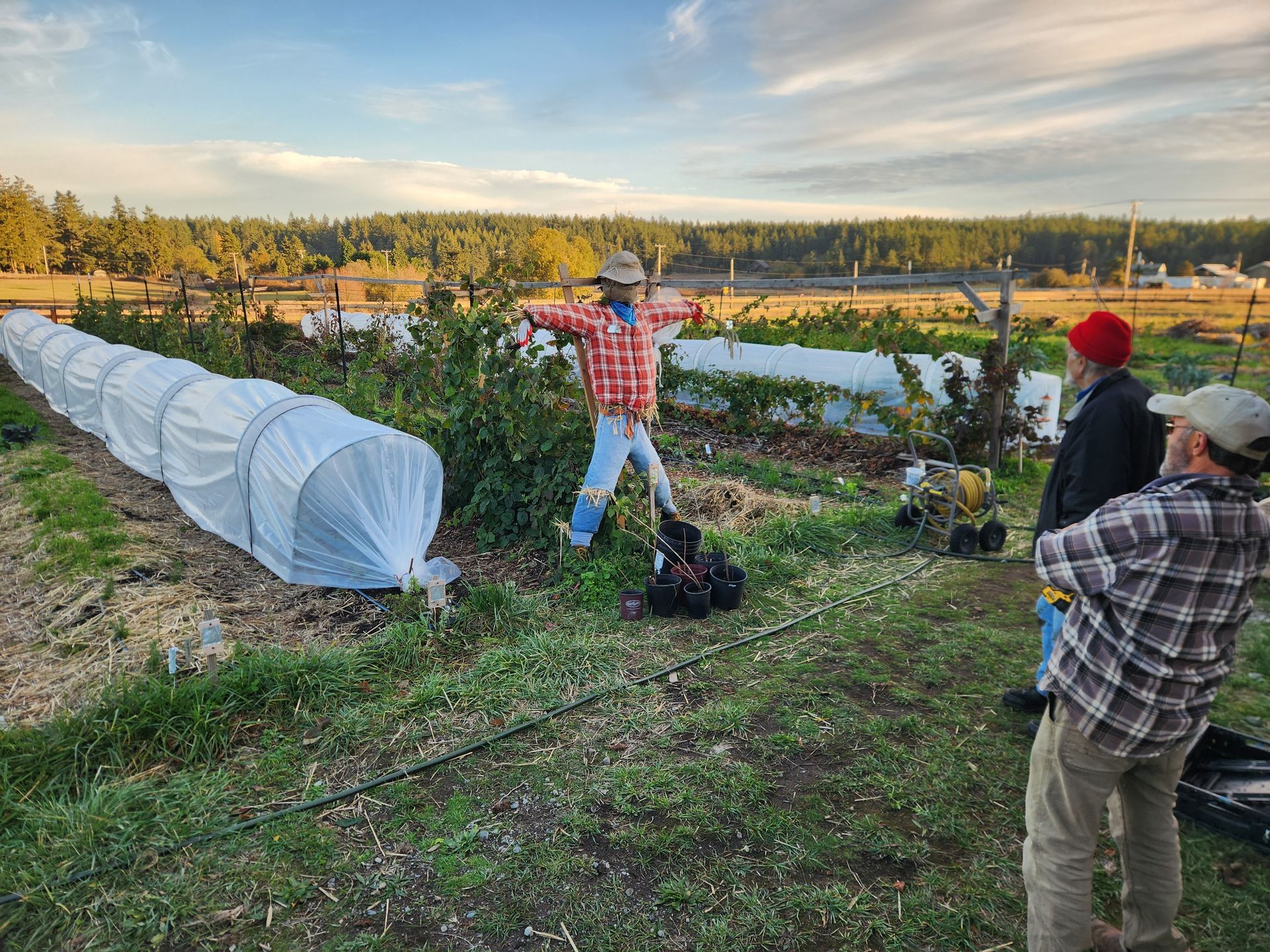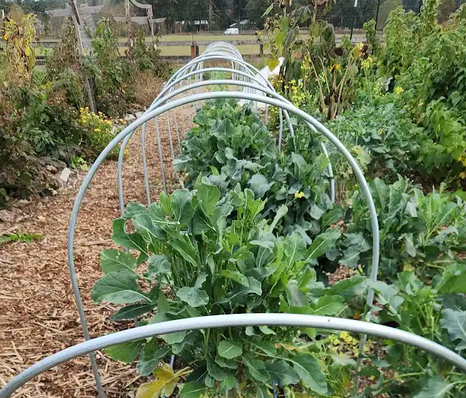Newsletter December 2023

December in the Garden
The first half of the month NOAA predicts to be warmer and wetter than normal. Our average temperatures for December are between 44° and 37° F. with about .4 inches of rain per day. So what that actually means is temperatures will range between the upper 20’s and the high 50s and it will be wet.
December is a time for planning and dreaming thinking ahead about what the garden will be next year. It's time to think about what you want to grow and what you can grow. This is time to look back on what worked and what didn't work in the past year. This is time to inventory both seeds and tools.
Seeds
- Look through your stored seeds and maybe check their germination rates. A few seeds on a paper plate with a moistened paper napkin in a plastic bag or you could use a scrap of cotton fabric folded over a few seeds lightly moistened and in a covered glass dish. Germinated seeds can still be planted if you have the indoor space.
- It is time to look through seed catalogs and dream a bit and see what new varieties you might want to try.
- Think about crop rotation and where to move your favorite veggies so they will grow healthy and strong.
- Consider what perennial plants you would like to put in and will you start from seeds or it gets young plants.
Tools
- It is also time to inventory your tools. Check out and see if anything has been damaged or is in need of maintenance.
- Cleaning your tools and oiling them is a good way to make them last longer.
- What tools would you like for next year and what would make gardening easier maybe put them on a wish list.
Mulch
Once again it is time to check the mulch and see that it is doing its job keeping roots warm, keeping the perennial plants safe and cozy in a winter blanket. You might need to add some mulch as the season progresses. See if the wind is blowing it away or if it is settled and it's no longer covering all the plant that needs covering.
This is also a good time to gather leaves for next year. Fall leaves can be used in compost piles or become mulch for next spring beds. Leaf mulch is a great garden amendment. It's a wonderful seed starting medium. It could also be used in the spring as a light cover for new beds. Pile leaves in open compost bins such as chicken wire circles or a wooden square with open slats or a pallet square. Leaving them open to both the rain and the ground will help them decompose faster by letting insects, invertebrates and fungi have access to them.
Planting and Harvesting
- For those who can't resist there are a few hardy flowers that can be planted this time of year alliums, asters, bellas and some Wildflower mixes can still be put in the ground.
- Harvest wise there are many things that can be brought in from the winter garden. Brussel sprouts are now at their tastiest. Winter apples are coming on after the first frost. There are still greens and broccoli rabb. Jerusalem artichokes are ready to be dug and enjoyed. You can still pull your beets, carrots and turnips. Winter harvests are very tasty and sweet.
Happy Garden Dreaming
Dianna Wiklund 🌻
FBGGardenCoordinator@gmail.com
Year-to-Date Harvest
14000 pounds of veggies from the FBG Gardens and 14500 pounds from the Gleaners. (click for more details)
Give the Gift of a Healthy Community
How you can help us grow nutritionally-dense, fresh food for the Food Banks and Schools
This Month’s Postings on FoodBankGrowers.org
Give the gift of a healthy community
Greens, Purples, Oranges, and Reds in winter
Sail Away Time for the Boat Garden
Volunteers Needed for:
- NEXT SEASON Garden Managers -- Each garden needs a point person -- someone who can point to what to do next… This year we're partnering new Garden Managers with experienced ones for every step. Between them, Dianna, and the Monthly "to dos", you'll have everything you need to produce baskets full of produce.
- WINTER Growers - - Learn how to grow fresh food for the Food Banks while learning how to grow food for yourself at home. We guarantee the every day you'll learn something new. All gardens will need help -- the more volunteers, the easier and more fun the work becomes. Go to the MAP SECTION of the website and locate a garden near you. Stay at one, or rotate through many. Hours differ by garden.
- WINTER Harvesters - Each garden will need harvesters to pick and prepare the produce for the Food Bank distribution. Hours differ by garden.
- GLEANERS! The gleaning season is over, but if you want to be included in 2024 tree donation or volunteer to pick - write to PTgleaning@gmail.com.
VOLUNTEER HERE for other much needed help -- computer work, writing, office-type duties…



